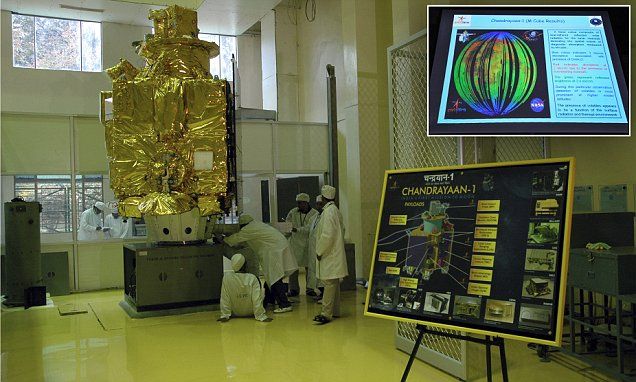May 2, 2019
How automation is enabling modern problem-solving
Posted by Quinn Sena in categories: information science, mathematics, robotics/AI
With the possibility of millions or an infinite number of problems automating everything will cause all things to be solved digitally into a simple math problem. The problems could essentially be hacked by shores algorithm or maybe a theory of everything like m theory or Stephen Hawking’s theory of everything. Maybe it is just as simple as a basic formula like Einstein created E=mc2. Also like some mathematicians have theorized maybe just one line of code that solves everything.
Automation is a game-changer for modern problem-solving – enabling not only visibility to real-time operations but the ability to effectively project the impact of potential solutions into the future. As problem-solvers become more comfortable using the new tools available to them, companies will be able to effectively isolate (and avoid) the impact of problems to their operations and focus their resources on solving the underlying issues and enabling long-term success. Learn More here.

















